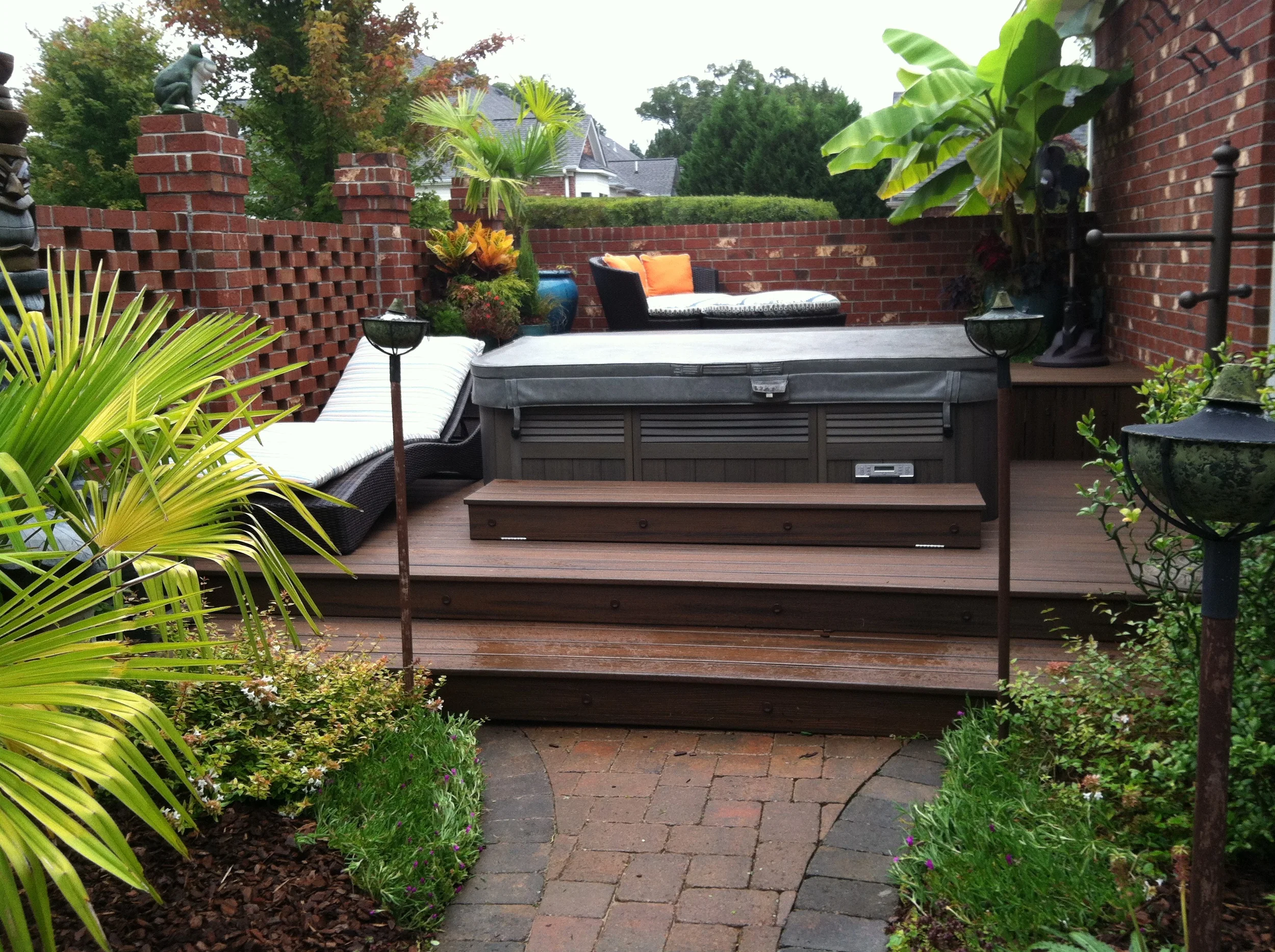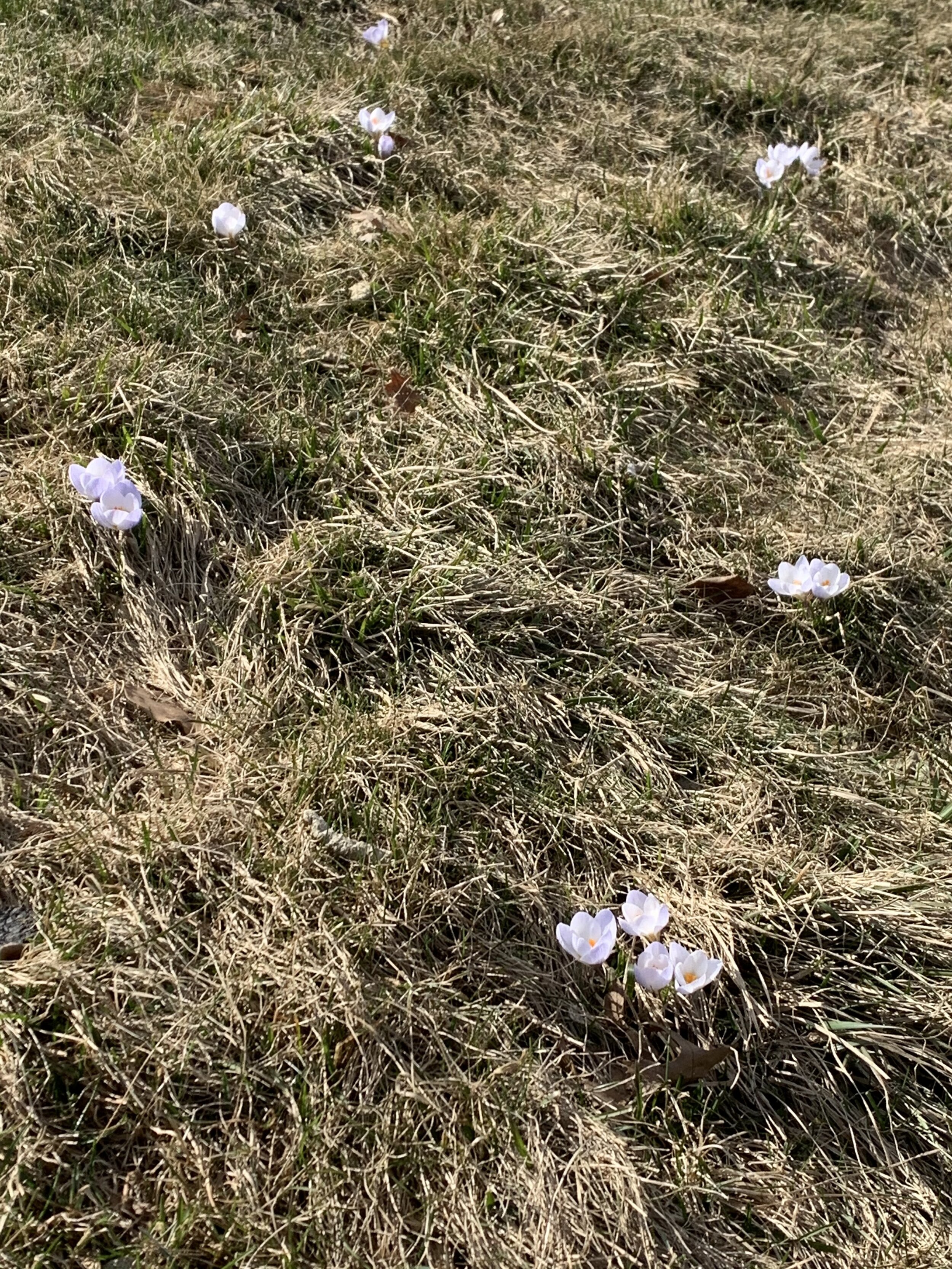This is part three of four in a series on Spring plants. Part two covers Spring shrubs.
My Spring plants blog series covered Spring bulbs in part one and Spring perennials in part two. Up next are Spring shrubs in today’s blog!
Shrubs are a staple of landscape design. They provide abundant beauty and benefits. I love to use many of them as privacy landscape barriers in my landscape designs. Many often use them as a ‘filler’, instead of choosing them for their outstanding qualities in leaf and flower they exhibit. I choose shrubs in my landscape designs based on their size, bloom time, and application to the specific landscape design.
There is much more to a shrub than mere greenery. The ones I work with often bloom with beautiful flowers during the Spring. Many shrubs have red, burgundy, or even yellow leaves for year-round aesthetic appeal. I frequently create landscape designs that utilize plants my clients initially may not have heard of before, but now could not live without! I bring those ideas to life for my clients with my 3D landscape designs so they can see them before they even bloom that first time!
Spring Shrubs
Shrubs are available in a range of sizes, bloom time, and leaf shape and color. Some are green all year, while other shrubs have gorgeous blooms during Spring but drop their leaves over the winter months. I base my shrub selections on a landscape design depending on the needs of each client.
Below are some shrubs I love and want to share more information about with you. You will find out where each plant grows and their optimal growing conditions.
For those that did not get to read the other blogs in this series, I recommend you look at this hardiness zone map as a reference point. The Piedmont Triad in North Carolina is in zone 7. Zones are determined by average annual extreme minimum temperature. For a more in-depth look at zones and to search your zip code, visit the USDA Plant Hardiness Zone Map.
Azaleas (Rhododendron)
Hardiness Zones: 5-9
Optimal Growing Conditions: Partial shade. They need well-drained, acidic soil.
Click here for more information on Azeleas.
Heath (Erica cinerea)
Hardiness Zones: 5
Optimal Growing Conditions: Open sun. These plants need moist, but not soggy soil.
Click here for more information on the Heath.
Witch Hazel (Hamamelis)
Hardiness Zones: 5-7
Optimal Growing Conditions: Full sun. They need well-amended soil.
Click here for more information on Witch Hazel.
Golden Bell (Forsythia)
Hardiness Zones: 5-8
Optimal Growing Conditions: Direct sun. Loose, well-drained soil is best for these plants.
Click here for more information on the Golden Bell.
Japanese Andromeda (Pieris japonica)
Hardiness Zones: 5-9
Optimal Growing Conditions: Full to partial shade. These plants need rich, well-drained soil.
Click here for more information on the Japanese Andromeda.
Flowering Quince (Chaenomeles)
Hardiness Zones: 4-10
Optimal Growing Conditions: Varied from sun to shade. These plants prefer well-drained, acidic soil.
Click here for more information on the Flowering Quince.
Korean Spice Viburnum (Viburnum carlesii)
Hardiness Zones: 4-8
Optimal Growing Conditions: Full sun to partial shade. Moist, well-drained soil is best for these plants.
Click here for more information on Korean Spice Viburnum.
Japanese Camellia (Camellia japonica)
Hardiness Zones: 7-9
Optimal Growing Conditions: Shade to partial sun. They need rich, moist, and well-drained soil to flourish.
Click here for more information on the Japanese Camellia.
Are You Excited About the Spring Shrub Possibilities? Start Your Landscape Vision Today!
Now that you know about some amazing Spring shrubs, why wait any longer to bring them to life in your yard? I would love to bring your vision to life! Call me today at 336-848-7164 or complete this simple contact form to learn more about my services.
Head over and follow my Instagram page for more information and teasers on all kinds of Spring plants! Also, do not miss the final part of this blog series where we discuss Spring trees.













